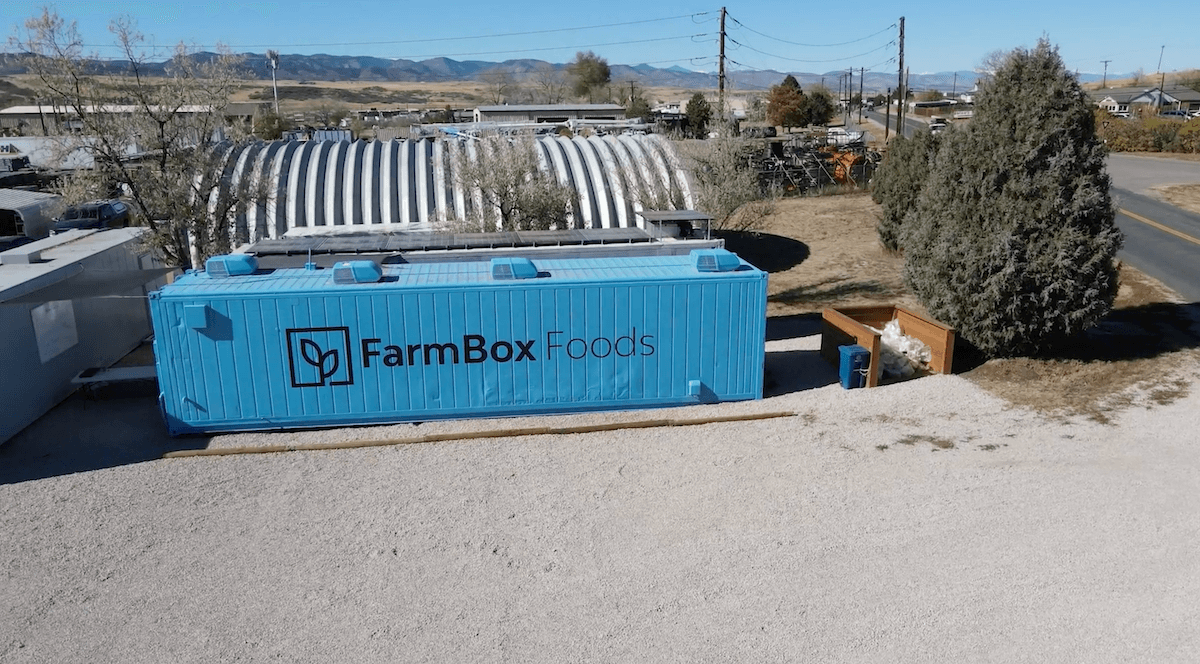ImpactAlpha, Oct. 30 – The latest data suggests that financial service providers are supplying about $70 billion to rural agricultural households around the world.
That still leaves $170 billion (or 70%) of the estimated global demand of $240 billion unmet. In a provider market that receives large government subsidies to gain market access, we need a better approach to matching capital demand with capital supply.
Despite progress in recent years, we can do better in matching the demand for loans with the supply of capital. In short, subsidies can get smarter.
“Smart subsidy,” is subsidy that effectively and efficiently achieves its intended outcomes. The ISF Advisors (originally Initiative for Smallholder Finance) and the Mastercard Foundation Rural and Agricultural Finance Learning Lab (the Lab) introduced the concept in 2016 in our landmark Inflection Point report.
Perceptions of profitability drive “fundamental shift” in small-farmer finance market
The Rwanda Farmer Financing Facility, for example, brought together public and private financing to establish a $60 million food-processing factory that will offtake from 10,000 farmers. The facility also enables a local bank to provide working capital and input financing to farmers while insuring crops against adverse weather events. If successful, the RAFF will enable more commercial capital to flow into the agricultural sector in Rwanda, leading to increased food production capacity, value capture within the country, and significant benefits to smallholder farmers.
Still, the question remains of how to systematically achieve smart subsidy in rural agricultural finance has yet to be answered.
Next month, we’ll publish an updated “state of the sector” report that gets us closer to understanding the “how” – presenting a new way of thinking about both the demand and supply sides of the capital equation.
Getting smart about donor objectives
The core of this new perspective: not all subsidy is created equal. Donors that subsidize financial service provision for rural farm families have three primary objectives:
- To buy long-term impact;
- To subsidize innovation in the short term; and
- To create capital leverage.
For each of these objectives, “smart” subsidy looks different. For impact-first donors, it means the highest possible level of impact per donor dollar. For innovation-focused donors, smart subsidy is that which effectively scales high-potential product, distribution, or business model innovations.
One of the most talked about objectives, as evidenced at last week’s SOCAP gathering, is capital leverage. For those investors, smart subsidy is tool to enable the participation of more commercially oriented funding.
How Ceniarth is seeking higher impact on rural livelihoods – while preserving its own capital
Getting more sophisticated about different objectives and types of subsidy is a necessary first step. But it’s only part of the puzzle. The sector also requires standardized ways of considering both the outcome and profitability along the impact-return continuum.
Getting smart about impact returns
1) Specifying impact. Rural agricultural finance was long considered a standalone agenda with the primary goal of generating productivity and resilience outcomes. But more recently, providers have come to see rural households as a meeting point for a number of critical global agendas. How these households evolve and what services they access over time will have a significant impact on issues such as climate change, gender equality, youth, food security, and labor markets.
The different livelihoods strategies that rural households may pursue over time include farming as a business, rural services, rural labor, and urban migration. In our “state of the sector” report, we adopt a pathways-oriented framework to help service and capital providers be more specific about what impact outcomes they are pursuing.
To effectively match capital to intended impact, the rural agricultural finance sector can standardize on indicators to make it possible to systematically assess the impact side of the impact-return trade-off across different models, providers, and geographies. Based on headline outcomes in each area, stakeholders could use standardized indicators—such as those from the GIIN IRIS+ framework—to measure the specific, expected outcomes within different impact areas and pathways.
2) Identifying return profile. On the other side of the impact-return equation, we propose a mapping that will align financial service provider models with different profitability profiles (excluding any subsidy) to the appropriate types of capital—whether commercial, sub-commercial, or fully philanthropic. As shown below, capital demand and supply in this way shows the areas with the biggest gaps, where more of the right capital is needed.

In other words, this research presents a new standard for describing market positioning—for service and capital providers—that can help channel the right capital to the right service providers at the right time.
Getting smart about blended capital
Of course, bringing efficient capital to market isn’t just a matter of matching an investment profile with the right type of capital. In sub-commercial asset classes, we need to increase blended finance approaches to enable the participation of more commercial capital.
Research has shown that blended finance has not yet realized its full potential for impact. That’s across a range of sectors—but given that a 2015 OECD/WEF survey found that only 4.7% of blended finance deals were in the food and agriculture space, we can assume that not nearly enough capital is being leveraged in the rural agricultural finance sector.
Given the remaining $170 billion global demand for rural agricultural finance, we need public and private funders to become champions of smart subsidy. It is our hope that the frameworks presented in our new “state of the sector” report will help these funders make better decisions—decisions that will result in more efficiently and effectively blended capital that addresses the persistent financing need in rural communities.
Matt Shakhovskoy is a senior advisor at ISF Advisors. Clara Colina is a manager and Mikael Clason Hook is director at RAF Learning Lab.











